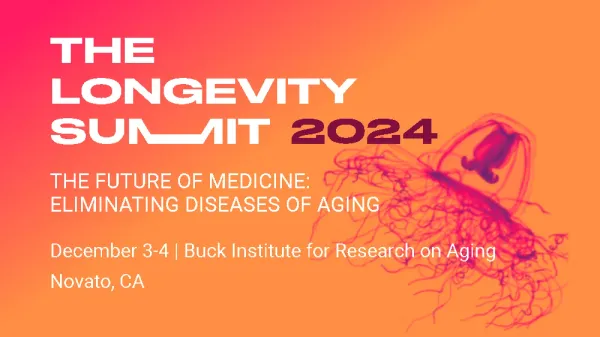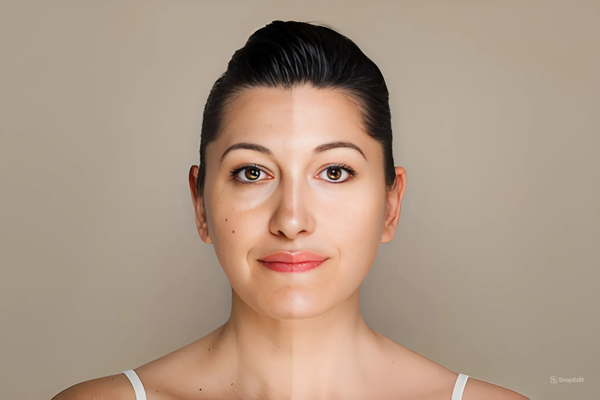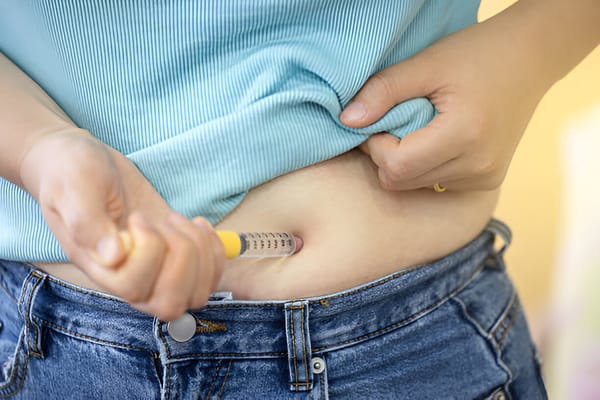Biohacking: Exploring the Frontiers of Human Potential
This article delves into the multifaceted realm of biohacking, exploring how individuals use science, technology, and self-experimentation to enhance health, performance, and longevity.

Biohacking might seem like a product of modern technological advancements, but its principles—enhancing human health and capabilities—have been a constant pursuit throughout human history. This report delves into the historical evolution of biohacking, tracing its lineage from ancient practices to the cutting-edge technologies of today. We’ll explore how historical methodologies have set the stage for current biohacking practices and technologies, drawing connections and highlighting the growth of this dynamic field.
Historical Roots of Biohacking
The concept of biohacking is deeply embedded in the human desire to transcend limitations and enhance life. This section explores its origins and how they have influenced modern practices:
- Ancient Medicine: Ancient civilizations, including the Greeks, Chinese, and Indians, practiced early biohacking through Ayurveda, traditional Chinese medicine, and the Greek humoral system. These practices involved using herbs, diet adjustments, and physical training regimens to balance bodily humors and energies, believed to be crucial for optimal health and longevity.
- Alchemy and Early Science: In the Middle Ages, alchemists attempted to transform base metals into gold and discover the elixir of life, a mythical substance thought to cure all diseases and grant eternal life. Though largely symbolic, these pursuits laid foundational ideas for the modern biohacking ethos, particularly the transformation of the human condition through science.
- Renaissance Medicine: Advancements during the Renaissance, such as the dissection and study of the human body, contributed to a better understanding of human physiology and health. Pioneers like Paracelsus developed the use of minerals and chemicals in medicine, pushing the boundaries of traditional herbal remedies and influencing early pharmacology.
- 19th and 20th Century: The invention of vaccines and the discovery of vitamins catalyzed a significant shift in public health and personal well-being. These discoveries were crucial in highlighting the impact of micro and macronutrients on health, directly influencing today’s nutrigenomics.
Evolution to Modern Biohacking
Transitioning from traditional practices to modern biohacking involves the integration of advanced scientific techniques and technologies:
- Quantified Self Movement: Launched in 2007, this movement represented a pivotal shift towards modern biohacking. It emphasizes using technology to track physiological data, which can be analyzed to tailor personal health practices. The movement showcases the DIY ethos and community-driven knowledge sharing that are hallmarks of contemporary biohacking.
- Proliferation of Technology: The rapid development of wearable technology and biometric sensors in the early 21st century provided individuals unprecedented access to personal health metrics, such as heart rate, sleep patterns, and physical activity. This data-driven approach is at the heart of modern biohacking practices.
- Genetic Editing Tools: The advent of CRISPR-Cas9 in the 2010s revolutionized biohacking at the genetic level, making gene editing more accessible and opening up possibilities for preventing and curing diseases through genetic modifications. Despite its potential, this technology also raises significant ethical and safety concerns.
Modern Biohacking Practices and Their Implications
Modern biohacking extends beyond health optimization to include enhancements in physical and cognitive abilities:
- Nutrigenomics and Lifestyle Changes: Today, biohackers use detailed genetic information to tailor diets and lifestyle practices, reducing disease risk and optimizing health based on individual genetic makeups.
- Neurohacking and Cognitive Enhancement: Modern biohackers employ an array of tools, from nootropics to neurostimulation devices, aiming to enhance cognitive functions and mental health.
- DIY Biology and Citizen Science: An extension of the maker movement, DIY biology enables individuals to conduct sophisticated experiments outside traditional laboratory environments, democratizing science and innovation and introducing risks.
Modern Biohacking and Its Proponents
The contemporary biohacking movement is characterized by a DIY ethos and is driven by advancements in technology. It has been popularized by several notable figures:
- Dave Asprey, dubbed the “Father of Biohacking,” is known for his Bulletproof diet and lifestyle regimen which integrates nutritional intake, sleep, and stress management to optimize physical and cognitive performance.
- Ben Greenfield and Tim Ferriss advocate for self-experimentation with diet, exercise, and various supplements to enhance body functions.
- Josiah Zayner illustrates the more extreme biohacking with his public experiments in genetic engineering.
- Aubrey de Grey focuses on the scientific pursuit of significantly extending human life by addressing age-related decline at the cellular and molecular levels.
These individuals, among others, have significantly contributed to both the popularity and the development of biohacking methodologies, inspiring a global community of enthusiasts eager to explore the limits of human potential.
Success Stories and Innovations
In recent years, biohacking has seen various success stories, particularly in the realms of cognitive enhancement and physical health optimization:
- Neurofeedback technologies have become accessible for home use, providing tools for brain health that were once only available in specialized clinics.
- Customized nootropics have become a trend, allowing individuals to tailor cognitive enhancers to their neurochemistry, thus optimizing mental performance.
Ethical and Safety Controversies
As with any radical movement, biohacking has not been without its controversies. The practice of modifying biological systems through DIY genetic editing or extreme body modifications like implanting devices raises significant ethical and safety concerns:
- The unregulated nature of many biohacking practices poses risks of unintended side effects and broader ethical implications for society
- Discussions continue around the need for a regulatory framework that can keep pace with technological advancements while ensuring public safety.
The Road Ahead
Looking to the future, biohacking is set to transform numerous aspects of human life. The integration of biohacking with traditional medical practices promises more personalized and effective healthcare solutions. Moreover, ongoing advancements in genetic engineering and neurotechnology are likely to open new frontiers in human enhancement.
However, navigating this future will require not only technological innovation but also robust ethical discussions and policy-making to ensure that biohacking develops in a way that benefits society as a whole. As biohacking continues to evolve, it will undoubtedly play a significant role in shaping the future of human health, performance, and longevity.
Biohacking represents a fascinating intersection of technology, health, and self-empowerment. With its potential to redefine the limits of wellness and longevity, it stands as a testament to human ingenuity and the unyielding desire to push beyond the boundaries of nature.
Sources
- Asprey, D. (2014). The Bulletproof Diet. Rodale Books.
- Zayner, J. (2018). “The First Attempt at Human CRISPR Gene Editing.” The ODIN.
- Parrish, E. (2016). “Telomerase Reverse Transcriptase Expression in Immortalized Cells.” BioViva Sciences.
- Longo, V. D., & Panda, S. (2016). “Fasting, Circadian Rhythms, and Time-Restricted Feeding in Healthy Lifespan.” Cell Metabolism, 23(6), 1048–1059.
- Gaj, T., Gersbach, C. A., & Barbas, C. F. (2013). “ZFN, TALEN, and CRISPR/Cas-based methods for genome engineering.” Trends in Biotechnology, 31(7), 397–405.
- Swan, M. (2012). “The Quantified Self: Fundamental Disruption in Big Data Science and Biological Discovery.” Big Data, 1(2), 85–99.
- He, J. (2018). “About Lulu and Nana: Twin Girls Born Healthy After Gene Surgery As Single-Cell Embryos.” The CRISPR Babies.





